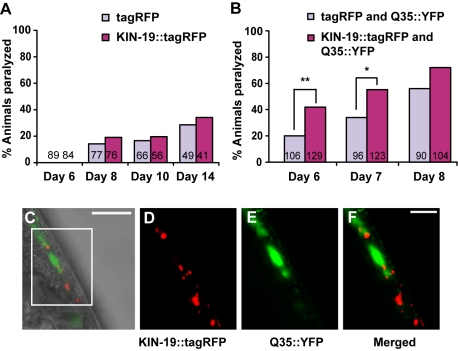Figure 7. Muscle KIN-19::tagRFP accelerates the paralysis caused by polyglutamine-repeat proteins.
(A) Animals expressing Pmyo-3::kin-19::tagRFP, which exhibit KIN-19::tagRFP aggregates in the muscle, were not more likely to become paralyzed with age than were animals expressing only tagRFP. (B) On the first day of paralysis with Q35 (Day 6), 42% of animals also expressing KIN-19::tagRFP in the muscle were paralyzed, compared to only 19% of control animals expressing the tagRFP reporter (Yates' Chi-square test, ** p<0.0005). A significant difference was also observed at Day 7 (Yates' Chi-square test, * p<0.01) but not at Day 8. (A–B) The number of animals is indicated in the bars. For the five additional trials we performed, see Table S4. (C–F) Muscle-aggregated KIN-19 and Q35 do not co-aggregate. Overlay of bright-field and fluorescent images of adult muscle (Day 3), scale: 50 µm (C). Enlarged boxed area with KIN-19::tagRFP in red (D), Q35-YFP in green (E), and overlay (F), scale: 10 µm.

